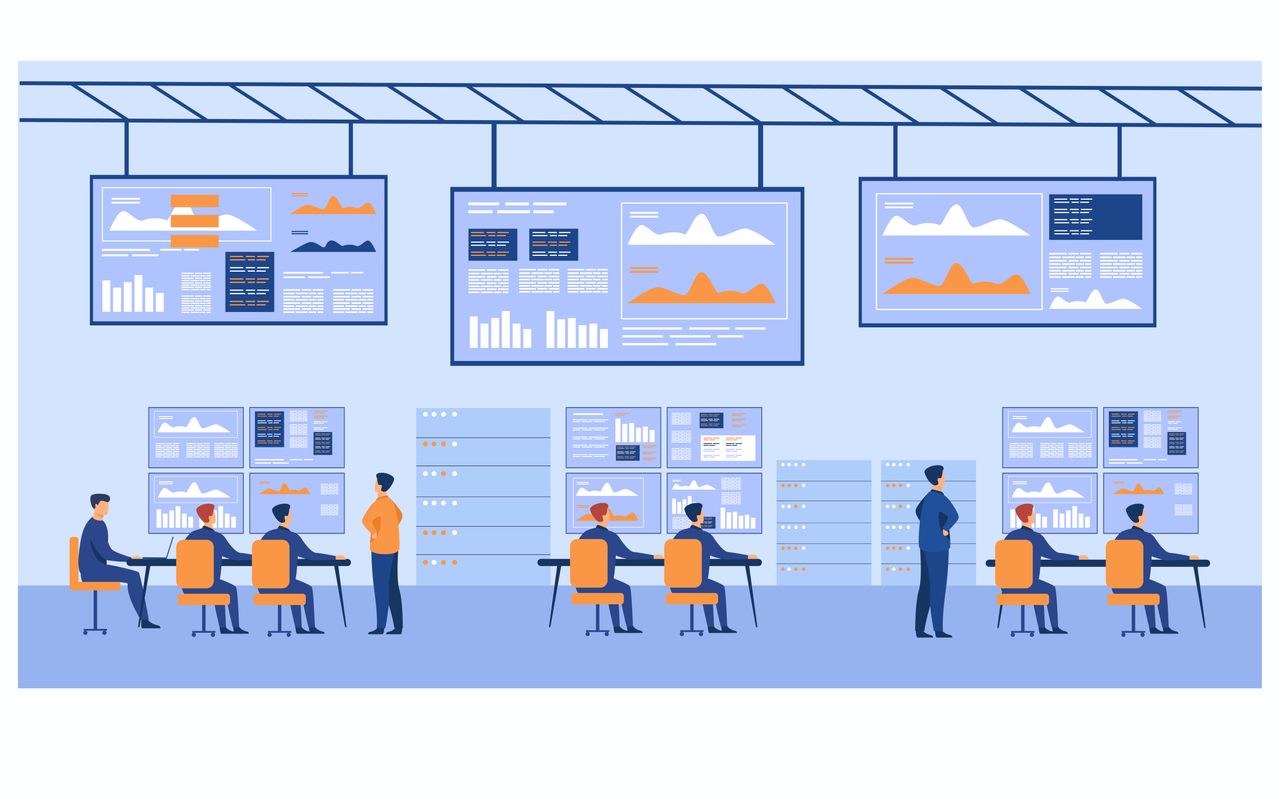Many companies have applied remote work for years, but this practice has significantly gained popularity during the COVID pandemic. Many businesses turn to remote work to maintain operations and effect cost-cutting measures post-pandemic era.
Remote workers are in workplaces that lack the same security measures benefitting in-office employees. Remote work requires a unique specification for safety and security. Online safety systems provide different protection dimensions for remote workers in various locations.
Workspace safety systems help create awareness on avoiding occupational hazards in the workplace that remote workers face daily. Increased security procedures can prevent electrocution, tripping, and falling.
Managing Remote Worker Welfare with Online Safety Systems
It's difficult to have security lapses at work. Managing their health and safety can be challenging when your workers operate remotely. Usually, there isn't any specific advice available to enhance.
When remote workers are at various sites, it may isolate them from colleagues and employers. Businesses that employ remote workers are still responsible for their workers' welfare even if they are not in the establishments. Small businesses must protect their valuable skilled employees with the appropriate online safety systems.
Five Ways Safety Management Software Helps Different Business Sizes
Remote workers deployed in different fields fall victim to injury and accidents. Small businesses must not risk probable lawsuits regarding worker safety. The safety management software for small business significantly impacts how establishments provide precautions to their workers.
Here are five ways how safety management software assists businesses, whether they are big or small:
#1: Administrate Guidance to Reduce Slips, Trip, And Fall Hazards
Slips and trips cause the most typical type of workplace accident. Falling causes significant injuries and can result in other forms of serious accidents, like falls from heights. The most common damage suffered by workers is through trips and slips.
Safety management solutions include these materials as an example of extra precaution:
- Avoid running electronic device wires across the floor and keep walking areas clutter-free.
- Clean spills immediately to prevent slips and falls.
- Carry lesser loads, especially when walking on elevated areas such as stairs.
- Lock all desks, cabinet drawers, filing cabinets, and doors when not used.
- Keep stairs clear of clutter, and always grasp the handrail when climbing or descending the steps.
#2: Assist Workers in Identifying Electrical and Fire Hazards
Electrical and fire hazards are always a concern in offices or construction sites. There is increased potential for dangers when there are more workers around. There are more gadgets, lights, and heaters in use.
Online safety systems can include these guidelines to assist workers in addressing electrical and fire risks:
- Keep heat-generating electronics in well-ventilated areas, such as computers, printers, and space heaters.
- Verify the functionality of the smoke detectors and that a fire extinguisher is close at hand.
- Limit extension cables and power strips, and avoid overloading electrical outlets and adapters.
- Make emergency exists available and unblocked.
- Workers should be aware of any potentially dangerous or explosive items.
#3: Establish Strong Safety Protocols and Training
Small businesses and establishments take a lot of effort to stabilize and create a brand name. All workers and departments must adhere to safety procedures as a part of comprehensive safety policies. Policies must individually secure remote workers from particular dangers and risks associated.
#4: Assisting in Reducing Accidents for All Workers with Proper Reporting
Employers need to be ready to combine remote and on-site workers. Growing and small businesses have the chance to improve workers' wellness by implementing safety protocols. A centralized system can help in reporting, recording, and managing incidents.
Communication between employers and their remote workers helps in creating a safe establishment. A thriving business can have injuries and accidents minimized and even prevented. An applicable safety management software for small business can reduce dangers for remote and on-site workers.
#5: Communication Is Key
Virtual tools and flexible communication are some available options to keep employees safe. Online safety systems assist remote workers in understanding their safety and health. Safety systems help track workers and emphasize protocols.
Additional Advice on Remote Worker Health and Safety
There are more ways to promote safety management solutions for workers who operate remotely:
- Create company policies that outline all needs and expectations for remote operators.
- Check all workers occasionally to ensure they adhere to all rules and regulations established by the establishment.
- Ensure every eventuality, including mishaps, is covered by your employer's insurance plans.
- Require workers to have an open line of communication and tools to complete their tasks and collaborate with other workers.
Digitize Safety Programs and Processes
Business owners should implement safety measures to lessen workers' anxieties about occupational hazard protection. Additionally, open communication fosters a secure remote worker with flexibility and access to information. Managing risks, psychological and physical health, and remote leadership lessens stress and increases worker performance.





